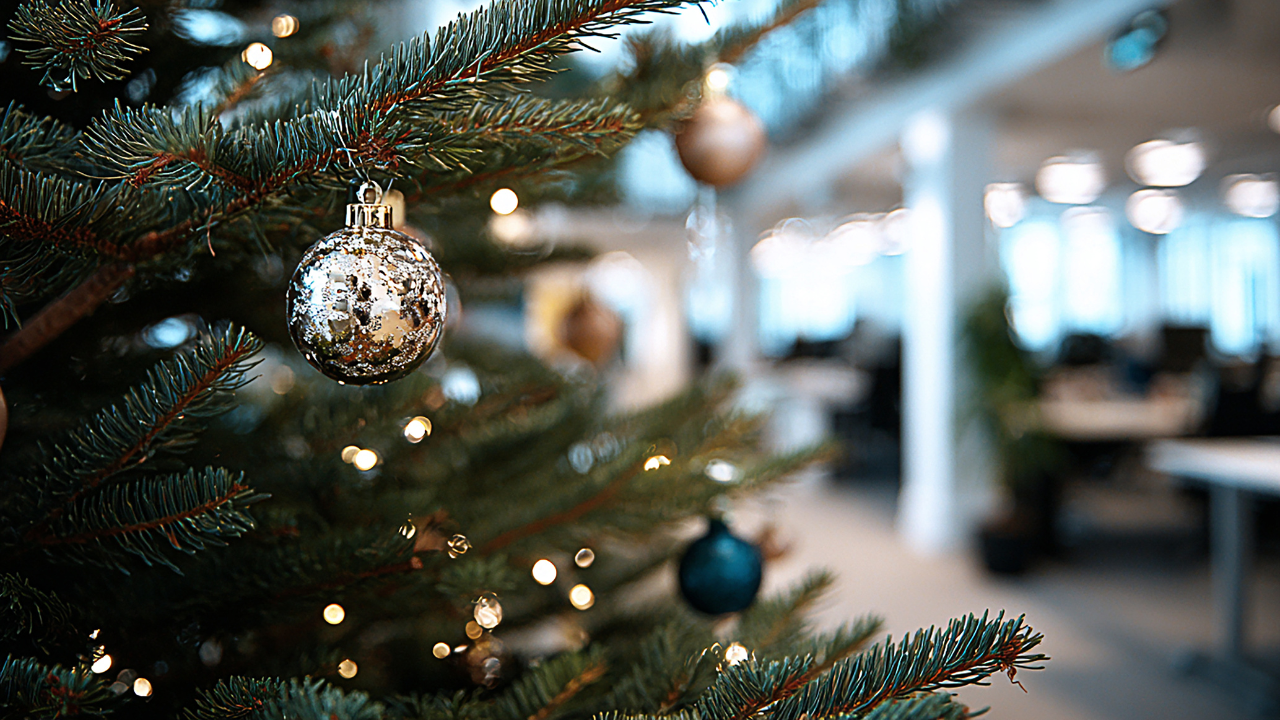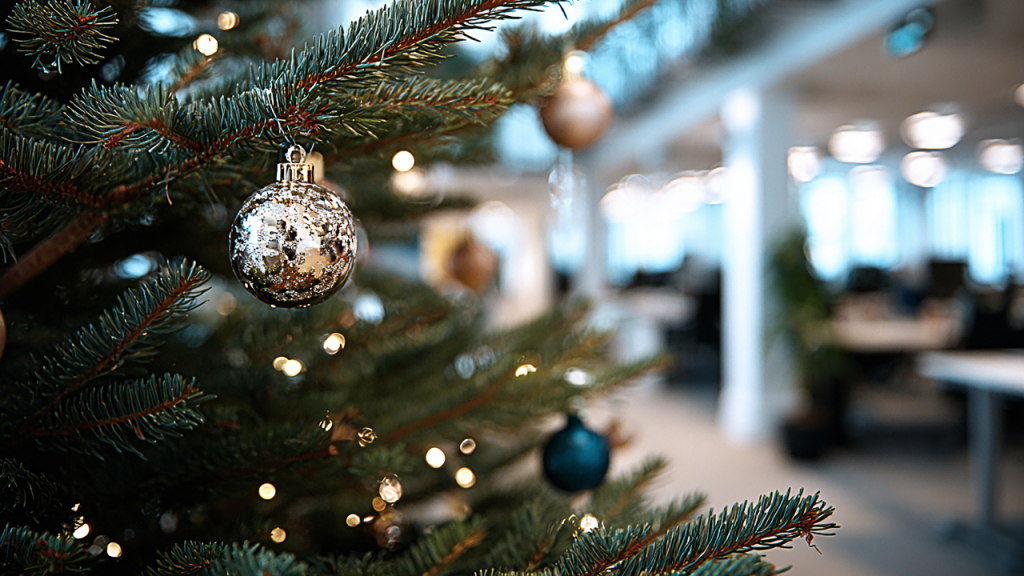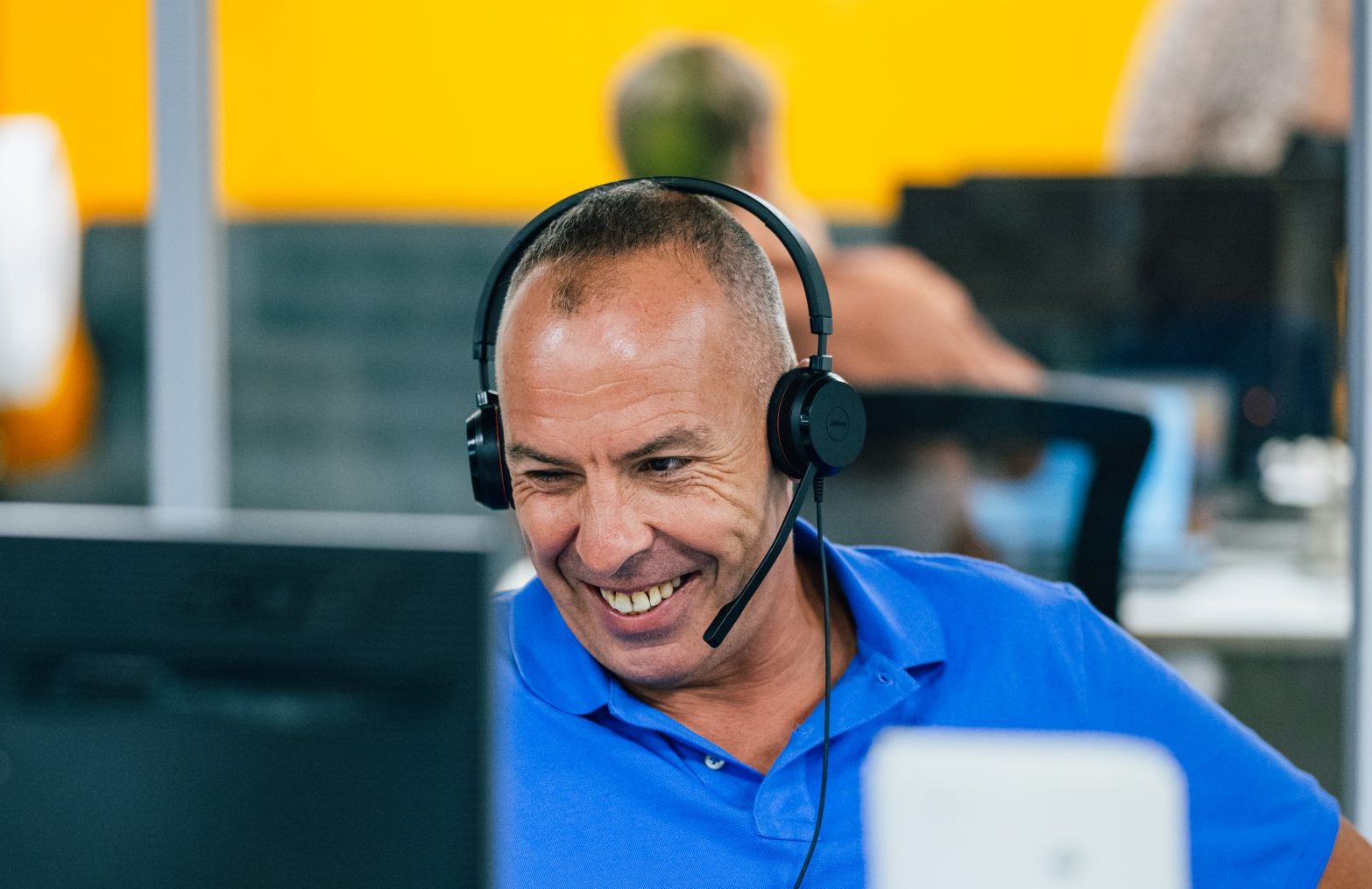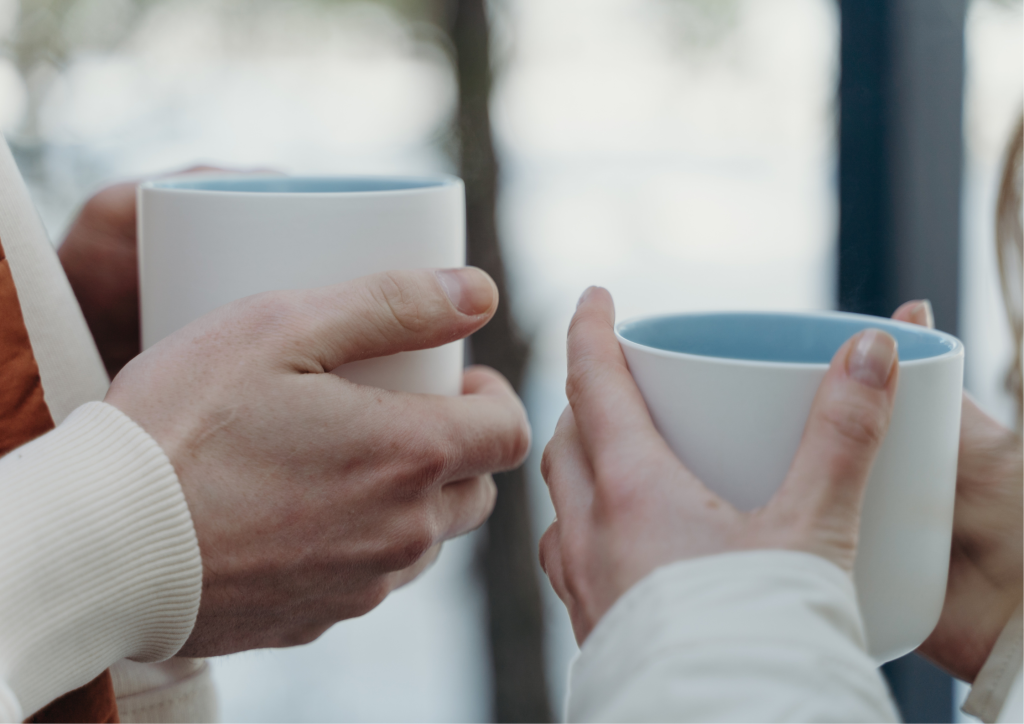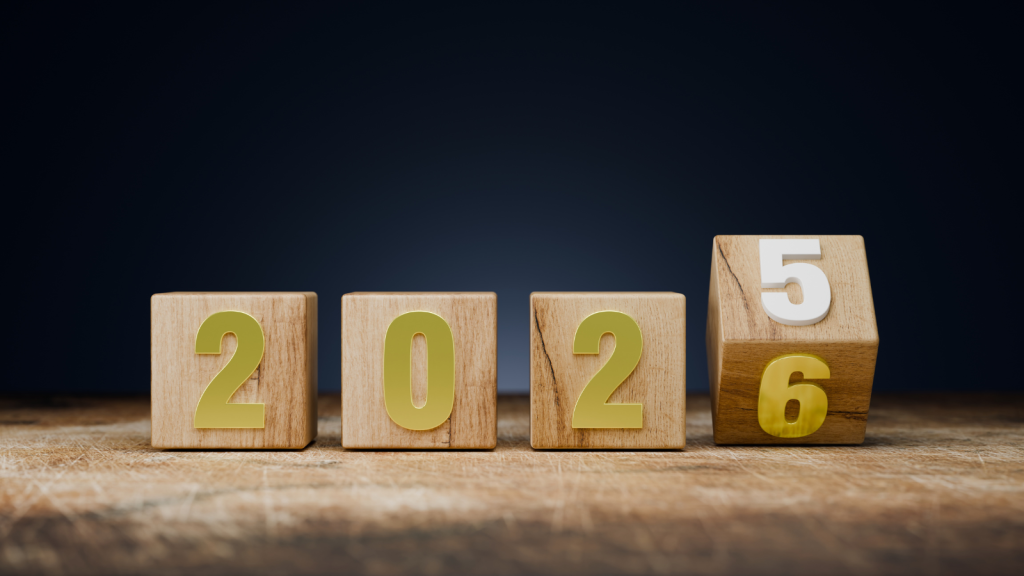
SaaS Growth 2026: How Leading Brands Are Building Predictable Sales Pipelines
The pressure on SaaS growth is changing. The SaaS landscape is shifting – fast.
Recent data shows:
- The average B2B SaaS sales cycle has increased from 107 to 134 days – roughly a 25% rise year-on-year.[1]
- Fewer than one in five SaaS firms say they have full confidence in their pipeline forecasts.[2]
- Organisations that define and enforce a structured sales process see up to 28% more revenue than those that don’t.[3]
In 2026, success won’t be defined by who shouts the loudest or automates the fastest – but by who builds the most reliable system for generating qualified opportunities month after month.
Why predictability has become the new currency
- Clarity over chaos – clean data, structured processes, and defined ICPs.
- Performance over volume – fewer, better-qualified conversations.
- Integration over isolation – SDRs, marketing, and sales ops working as one revenue engine.
The playbook behind predictable SaaS pipelines
- Rebalancing inbound and outbound. Outbound is no longer an afterthought – it’s a precision tool for creating qualified conversations in defined markets.
- Building SDR teams that think commercially. The best SaaS SDRs understand value, not just volume. They know how to open a conversation that leads to revenue.
- Using data as a decision driver. From call performance to conversion ratios, data fuels continual optimisation – not micromanagement.
- Investing in training and culture. Predictable performance comes from confidence, coaching, and clear career progression, not scripts and spreadsheets.
Outsourced SDR models are rising in influence
- Faster setup and scalability.
- Proven processes and playbooks.
- Access to skilled SDRs trained to represent your brand with precision.
Sources
- MADx Digital – SaaS Sales Statistics 2025: Average B2B SaaS Sales Cycle Increased from 107 to 134 Days. madx.digital
- Forecastio – SaaS Sales Forecasting Challenges and Confidence Levels. forecastio.ai
- SuperOffice – Organisations that define and enforce a sales process see up to 28% more revenue than those that don’t. superoffice.com


